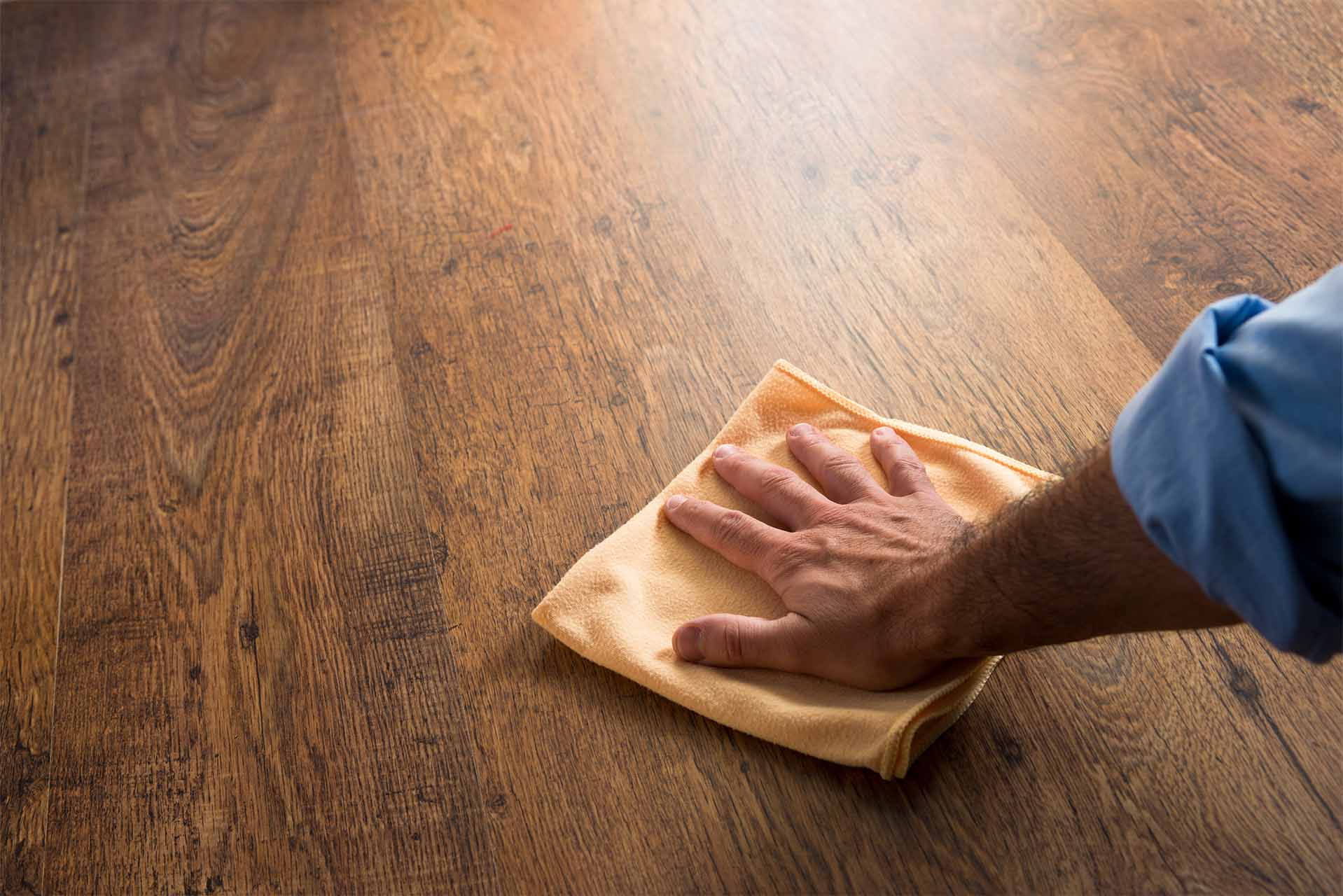

Articles
How To Remove Stain From Hardwood Floor
Modified: January 8, 2024
Discover effective techniques and solutions in our informative articles to easily remove stubborn stains from your beautiful hardwood floor.
(Many of the links in this article redirect to a specific reviewed product. Your purchase of these products through affiliate links helps to generate commission for Storables.com, at no extra cost. Learn more)
Introduction
Having hardwood flooring in your home can add a touch of elegance and beauty to any room. However, maintaining its pristine appearance can be a challenge, especially when it comes to dealing with stains. Whether it’s a spill, a pet accident, or just normal wear and tear, stains on hardwood floors can be frustrating and difficult to remove.
Fortunately, with the right tools and techniques, you can effectively remove stains from hardwood floors and restore their natural beauty. In this article, we will guide you through the step-by-step process of removing various types of stains, including water-based stains, oil-based stains, ink stains, pet stains, and food and beverage stains. We will also discuss how to address tough stains using sanding and refinishing, as well as offer tips on preventing future stains.
Before we begin, it’s important to note that the method used to remove a stain may vary depending on the type of hardwood flooring you have and the severity of the stain. It’s always a good idea to test any cleaning solution on a small, inconspicuous area of the floor first to ensure it does not cause any damage or discoloration.
Now, let’s dive into the process of removing stains from hardwood floors and bring back their original shine and beauty.
Key Takeaways:
- Act quickly to remove water-based stains from hardwood floors using gentle cleaning solutions and techniques to restore the floor’s natural beauty.
- Prevent future stains by implementing simple measures such as using doormats, wiping up spills immediately, and using protective pads on furniture to maintain pristine hardwood floors.
Read more: How To Remove Glue From Hardwood Floor
Preparing the Tools and Materials
Before you start removing stains from your hardwood floor, it’s important to gather the necessary tools and materials. This will ensure that you have everything you need to effectively tackle the stains without causing any damage to the floor.
Here are the essential tools and materials you will need:
- A soft-bristle brush or sponge: This will be used to gently scrub the stained area without scratching or damaging the surface of the wood.
- Mild dish soap or hardwood floor cleaner: Choose a gentle cleaning solution that is specifically formulated for hardwood floors.
- A bucket of warm water: This will be used to dilute the cleaning solution and rinse the floor.
- Microfiber or cotton cloth: These materials are absorbent and won’t leave lint or fibers behind.
- Hydrogen peroxide: This is an effective stain remover for water-based stains.
- Mineral spirits: This solvent is useful for removing oil-based stains.
- Rubbing alcohol: It can be used to remove ink stains from hardwood floors.
- Vinegar: This natural cleaner can be used for a variety of cleaning purposes, including removing pet stains from hardwood floors.
- Wood filler: If the stain has damaged the wood and left a deep mark, you may need to use wood filler to repair the area.
- Sanding equipment: If the stain is stubborn and cannot be removed using other methods, you may need to use sanding equipment to sand down the stained area and refinish the wood.
- Protective gloves and goggles: These will protect your hands and eyes during the cleaning process.
Once you have gathered all the necessary tools and materials, you are ready to move on to the next step – identifying the type of stain.
Identifying the Type of Stain
Before you can effectively remove a stain from your hardwood floor, it’s important to identify the type of stain you’re dealing with. Different stains require different treatment methods, so knowing what you’re up against will help you choose the most appropriate cleaning solution and technique.
Here are some common types of stains you may encounter on your hardwood floor:
- Water-based stains: These stains are caused by spilled liquids such as water, juice, or coffee. They often appear as dark spots or discoloration on the wood surface.
- Oil-based stains: These stains are typically caused by substances like grease, cooking oil, or wax. They tend to leave a greasy or sticky residue on the floor.
- Ink stains: Ink stains can occur when pens or markers are accidentally dropped or when ink spills onto the floor.
- Pet stains: If you have pets, you may come across urine or other bodily fluid stains on your hardwood floor. These stains can leave behind a strong odor and may require extra attention to remove.
- Food and beverage stains: Spills from food and drinks can leave unsightly stains on your hardwood floor. Common culprits include red wine, fruit juices, and sauces.
To identify the type of stain, examine its color, appearance, and location. You can also try touching the stain to see if it feels greasy, sticky, or dry. Additionally, consider any recent spills or incidents that may have caused the stain.
Once you have determined the type of stain, you can move on to the appropriate stain removal method. In the next sections, we will go through step-by-step instructions on how to remove each type of stain from your hardwood floor.
Removing Water-based Stains
Water-based stains on hardwood floors can be caused by various liquids, such as water, juice, or coffee. These stains can leave behind dark spots or discoloration on the wood surface. Thankfully, there are effective methods to remove water-based stains and restore the natural beauty of your hardwood floor.
Here’s a step-by-step guide to removing water-based stains:
- Act quickly: The sooner you address a water-based stain, the better chance you have of removing it completely. Immediately wipe up any spills or moisture from the floor using a clean cloth or paper towel.
- Mix a cleaning solution: In a bucket, combine warm water with a small amount of mild dish soap or hardwood floor cleaner. Avoid using harsh chemicals or abrasive cleaners, as they can damage the wood.
- Dampen a soft-bristle brush or sponge: Dip a soft-bristle brush or sponge into the cleaning solution. Make sure it is damp, not soaking wet.
- Gently scrub the stained area: Using the damp brush or sponge, gently scrub the stained area in a circular motion. Be careful not to apply too much pressure, as that can damage the wood. Start from the outer edges of the stain and work your way towards the center.
- Rinse the area: Once you have scrubbed the stained area, dampen a clean cloth with plain water and use it to rinse away the cleaning solution. Make sure to remove all traces of the soap or cleaner.
- Dry the floor: Use a dry, clean cloth to pat the area dry. This will help prevent any remaining moisture from seeping into the wood and causing further damage.
- Assess the stain: If the water-based stain is still visible after cleaning, you may need to repeat the process or try an alternative stain removal method.
If the water-based stain persists after following these steps, you can try using hydrogen peroxide as a stain remover. Dampen a cloth with hydrogen peroxide and place it over the stained area for a few minutes. Then, remove the cloth and rinse the area with plain water. Remember, always test the hydrogen peroxide on a small, inconspicuous area of the floor first to ensure it does not cause any damage or discoloration.
By following these steps and being proactive in addressing water-based stains, you can effectively remove them and keep your hardwood floor looking beautiful and stain-free.
Removing Oil-Based Stains
Oil-based stains on hardwood floors are commonly caused by substances like cooking oil, grease, or wax. These stains can leave behind a greasy or sticky residue that can be challenging to remove. However, with the right approach, you can successfully eliminate oil-based stains and restore the natural beauty of your hardwood floor.
Here’s a step-by-step guide to removing oil-based stains:
- Blot the stain: If the oil-based stain is fresh, immediately blot the area with a clean cloth or paper towel to absorb as much of the oil as possible. Avoid rubbing the stain, as that can spread it further.
- Prepare a cleaning solution: In a bucket, mix a small amount of mild dish soap with warm water. Ensure that the soap is designed specifically for hardwood floors to prevent any damage.
- Dampen a soft cloth or sponge: Dip a soft cloth or sponge into the cleaning solution and wring out any excess liquid. The cloth should be damp, not soaked.
- Gently scrub the stained area: Using the damp cloth or sponge, gently scrub the oil-based stain in a circular motion. Apply gentle pressure and work from the outer edges of the stain toward the center.
- Rinse the area: Once you have scrubbed the stain, dampen a clean cloth with plain water and use it to rinse away the cleaning solution. Be sure to remove all traces of the soap.
- Dry the floor: Pat the area dry with a clean, dry cloth to remove any remaining moisture. This step is crucial to prevent any water or moisture damage to the wood.
- Assess the stain: If the oil-based stain persists, you may need to try an alternative stain removal method or use a specialized oil stain remover specifically designed for hardwood floors.
If the stain remains stubborn, you can use mineral spirits as a more effective oil stain remover. Apply a small amount of mineral spirits to a clean cloth and gently rub the stained area. Be cautious not to use an excessive amount of mineral spirits or allow it to sit on the wood for too long, as it can cause damage. After rubbing, rinse the area with a clean cloth dampened with water, followed by drying with a dry cloth.
Remember to always test any stain remover or cleaning solution on a small, inconspicuous area of the floor first to ensure it does not cause any damage, discoloration, or adverse reactions.
By following these steps and using the appropriate stain removal techniques, you can effectively banish oil-based stains from your hardwood floor, restoring its natural beauty and charm.
Removing Ink Stains
Finding ink stains on your hardwood floor can be a cause for concern. Whether it’s from a pen or marker that was accidentally dropped or an ink spill, these stains can be stubborn and challenging to remove. However, with the right approach and cleaning solutions, you can effectively eliminate ink stains and restore the pristine look of your hardwood floor.
Here’s a step-by-step guide to removing ink stains:
- Act quickly: As soon as you notice an ink stain on your hardwood floor, it’s essential to act fast. The longer the ink sits on the wood, the more difficult it can be to remove.
- Prepare a cleaning solution: In a small bowl, mix rubbing alcohol with water in equal parts. This solution will be used to break down the ink stain.
- Dampen a clean cloth: Dip a clean cloth into the alcohol and water mixture, ensuring it is damp but not dripping.
- Blot the stain: Gently blot the ink stain with the damp cloth. Avoid rubbing, as this can spread the ink and make the stain worse.
- Repeat the process: If the stain persists, reapply the cleaning solution to the cloth and continue blotting until the ink is no longer transferring onto the cloth.
- Rinse and dry the area: Dampen a clean cloth with plain water and use it to rinse away the cleaning solution. Then, dry the area thoroughly with a separate dry cloth.
- Assess the stain: If the ink stain remains visible after cleaning, you may need to try an alternative stain removal method or contact a professional for assistance.
It’s important to note that ink stains can vary in their intensity and depth, so it may take multiple attempts to completely remove the stain. If the stain persists, you can also try using a specialized ink stain remover or consult a professional for assistance.
Remember to perform a patch test on a small, inconspicuous area of the floor before applying any cleaning solution to ensure that it does not cause any damage or discoloration to the wood.
By following these steps and acting quickly, you can effectively remove ink stains from your hardwood floor and restore its flawless appearance.
Use a mixture of warm water and mild dish soap to gently scrub the stain with a soft cloth. Avoid using harsh chemicals or abrasive materials that could damage the wood. Rinse the area with clean water and dry thoroughly.
Removing Pet Stains
Pet accidents happen, and if you have hardwood floors, dealing with pet stains becomes a priority. The key to successfully removing pet stains is acting quickly and using the right cleaning methods to address the stain and any associated odor. With the right approach, you can effectively eliminate pet stains from your hardwood floors and keep them looking clean and fresh.
Here’s a step-by-step guide to removing pet stains:
- Blot the stain: If the pet stain is fresh, immediately blot the area with a clean cloth or paper towel to absorb as much of the liquid as possible. Avoid rubbing the stain, as that can cause it to spread.
- Neutralize the odor: Pet accidents often leave behind an unpleasant odor. To neutralize the smell, sprinkle baking soda over the affected area and let it sit for a few minutes to absorb the odor. Then, vacuum or sweep away the baking soda.
- Mix a cleaning solution: In a spray bottle, mix equal parts water and vinegar. This solution will help to break down the stain and eliminate any lingering odor.
- Spray the cleaning solution: Lightly mist the affected area with the vinegar and water solution. Be careful not to saturate the wood, as excess moisture can cause damage.
- Blot and scrub the stain: Using a soft cloth or sponge, gently blot and scrub the pet stain in a circular motion. Apply gentle pressure to remove as much of the stain as possible.
- Rinse the area: Dampen a clean cloth with plain water and use it to rinse away the vinegar and water solution. Ensure that you remove all traces of the cleaning solution to prevent any potential damage to the wood.
- Dry the floor: Use a dry, clean cloth or towel to pat the area dry. This step is crucial to prevent any moisture from penetrating the wood and causing damage or warping.
- Assess the stain and odor: If the pet stain and odor are still present, you may need to repeat the process or consider using a specialized pet stain remover designed for hardwood floors.
It’s important to note that prompt action is crucial when dealing with pet stains. The longer a pet stain sits on your hardwood floor, the more it can penetrate the wood and become difficult to remove. Additionally, it’s essential to address any underlying issues that may lead to repeated pet accidents, such as training or health issues in your pets.
By following these steps and using the appropriate cleaning solutions and techniques, you can effectively remove pet stains from your hardwood floors and keep them looking fresh and stain-free.
Removing Food and Beverage Stains
Food and beverage stains are common culprits that can mar the appearance of your hardwood floors. Whether it’s a spill from red wine, fruit juice, or sauces, it’s important to act quickly to remove the stain before it sets into the wood. By following the appropriate steps and using the right cleaning solution, you can effectively eliminate food and beverage stains and restore the natural beauty of your hardwood floors.
Here’s a step-by-step guide to removing food and beverage stains:
- Blot the spill: If the food or beverage spill is fresh, start by gently blotting the area with a clean cloth or paper towel. This will help absorb excess liquid and prevent it from seeping further into the wood.
- Prepare a cleaning solution: In a spray bottle, combine equal parts water and vinegar. Vinegar is a natural cleaner that can help break down stains and remove odors.
- Spray the cleaning solution: Lightly mist the stained area with the vinegar and water solution. Be careful not to saturate the floor, as excessive moisture can warp the wood.
- Gently scrub the stain: Using a soft-bristle brush or sponge, gently scrub the stained area in a circular motion. Apply gentle pressure to lift the stain without damaging the wood surface.
- Rinse the area: Dampen a clean cloth with plain water and use it to rinse away the cleaning solution. Ensure you remove all traces of the vinegar and water solution from the floor.
- Dry the floor: Use a clean, dry cloth to pat the area dry. This step is essential to prevent any remaining moisture from damaging the wood.
- Assess the stain: If the food or beverage stain is still visible, you may need to repeat the process or try an alternative stain removal method.
It’s important to note that certain food and beverage stains, such as red wine or deep-colored sauces, may require additional treatment. In such cases, you can create a paste using baking soda and water, apply it to the stain, and gently scrub before rinsing and drying the area.
Remember to act promptly when dealing with food and beverage stains, as allowing them to sit for prolonged periods can make them more challenging to remove. Additionally, always perform a patch test on a small, inconspicuous area of the floor before using any cleaning solution to ensure it does not cause damage or discoloration.
By following these steps and using the appropriate cleaning solutions, you can effectively remove food and beverage stains from your hardwood floors and maintain their pristine appearance.
Removing Tough Stains with Sanding and Refinishing
In some cases, regular cleaning methods may not be sufficient to remove tough or deep-set stains from your hardwood floors. If you’ve tried various cleaning solutions and techniques without success, it may be necessary to resort to sanding and refinishing the affected areas. Sanding and refinishing can effectively remove stubborn stains and restore the natural beauty of your hardwood floors.
Here’s a step-by-step guide to removing tough stains with sanding and refinishing:
- Assess the stain: Before resorting to sanding and refinishing, assess the severity and depth of the stain. Determine if it’s a stain that has penetrated deep into the wood or if it’s a surface-level issue.
- Prepare the area: Clear the room of furniture and cover any nearby surfaces or objects to protect them from dust and debris during the sanding process.
- Sand the stained area: Use a floor sander or sandpaper with a coarse grit to sand the stained area. Start with light pressure and gradually increase the pressure as needed. Sand in the direction of the wood grain to avoid causing any scratches.
- Smooth the surface: After sanding with a coarse grit, switch to a finer grit sandpaper to smooth the surface. Continue sanding until the stained area blends in with the rest of the floor.
- Clean the area: Use a vacuum or broom to remove the sanding dust from the floor. Then, wipe the surface with a damp cloth to ensure it is free from any remaining dust or debris.
- Apply the finish: Choose a wood stain or finish that matches the rest of your hardwood floor. Apply the stain or finish according to the manufacturer’s instructions, using a brush or cloth. Allow it to dry completely before applying additional coats, if necessary.
- Seal the area: Once the stain or finish has dried, apply a clear sealer or topcoat to protect the newly refinished area. This will help enhance its durability and longevity.
- Blend with the rest of the floor: To ensure a seamless appearance, consider refinishing the entire affected section or even the entire room. This will help the refinished area blend in with the rest of the floor.
While sanding and refinishing can effectively remove tough stains, it’s important to note that this process should be approached with caution. If you’re unsure or uncomfortable with sanding and refinishing, it may be best to consult a professional who specializes in hardwood floor restoration.
Remember to take necessary precautions, such as wearing protective goggles and a mask, when performing sanding and refinishing tasks to protect yourself from dust and fumes.
By following these steps and using appropriate sanding and refinishing techniques, you can effectively remove tough stains from your hardwood floors and restore their original beauty.
Preventing Future Stains
While knowing how to remove stains from hardwood floors is essential, preventing stains from occurring in the first place is even better. By implementing some preventive measures, you can keep your hardwood floors looking pristine and minimize the chances of stains or damage. Here are some tips to help prevent future stains:
- Use doormats and rugs: Place doormats at all entrances and high-traffic areas to trap dirt, moisture, and debris. Additionally, use rugs or runners in areas prone to spills, such as the kitchen or dining room.
- Wipe up spills immediately: Accidents happen, but it’s crucial to clean up spills promptly to prevent them from seeping into the wood and causing stains. Have paper towels or cloths readily available for quick cleanups.
- Use coasters and placemats: Use coasters under glasses and placemats under plates and bowls to protect your hardwood floors from water rings and food spills.
- Trim pet nails: Keep your pets’ nails trimmed to avoid scratching the surface of your hardwood floors. This not only prevents potential stains caused by scratches but also helps with overall floor maintenance.
- Place protective pads on furniture: Attach felt or rubber pads to the bottom of furniture legs to prevent scratches and scuffs when moving them around. This will also help prevent any accidental spills caused by furniture movements.
- Use rugs in pet areas: If you have pets, designate specific areas for their food and water bowls and place a rug or mat underneath to catch any spills or accidents.
- Regularly sweep and vacuum: Regularly sweeping or vacuuming your hardwood floors helps remove dirt, dust, and other debris that can cause stains over time.
- Use appropriate cleaning products: When cleaning your hardwood floors, ensure you use products specifically designed for hardwood surfaces. Avoid using harsh chemicals or abrasive cleaners that can damage the finish.
- Follow manufacturer’s guidelines: Consult the manufacturer’s guidelines for your specific type of hardwood flooring to ensure you are following the recommended cleaning and maintenance practices.
By following these preventive measures, you can effectively protect your hardwood floors and reduce the chances of future stains. Additionally, proper and regular maintenance will help prolong the life and beauty of your hardwood floors.
Remember, accidents can happen despite all precautions. If a stain does occur, it’s important to address it promptly using the appropriate stain removal techniques to prevent it from becoming a permanent blemish on your hardwood floors.
Conclusion
Taking care of your hardwood floors and addressing stains promptly is essential for maintaining their beauty and longevity. Whether you’re dealing with water-based stains, oil-based stains, ink stains, pet stains, or food and beverage stains, knowing the right techniques and using the appropriate cleaning solutions can help you effectively remove the stains and restore the natural charm of your hardwood floors.
By following the step-by-step guides provided in this article, you can tackle various types of stains and minimize their impact on your hardwood floors. Remember to act quickly, gather the necessary tools and materials, and use the right cleaning solutions for each specific stain.
However, prevention is key when it comes to maintaining stain-free hardwood floors. Implementing preventive measures such as using doormats, wiping up spills immediately, and using protective pads on furniture can go a long way in preventing further stains and damage.
Lastly, it’s important to remember that if the stain is persistent or if you’re uncertain about how to proceed, it may be wise to seek professional assistance. Professionals have the expertise and knowledge to handle more stubborn stains or provide guidance on sanding and refinishing.
By combining proper maintenance, prevention, and effective stain removal techniques, you can keep your hardwood floors looking beautiful and enjoy their timeless elegance for years to come.
Frequently Asked Questions about How To Remove Stain From Hardwood Floor
Was this page helpful?
At Storables.com, we guarantee accurate and reliable information. Our content, validated by Expert Board Contributors, is crafted following stringent Editorial Policies. We're committed to providing you with well-researched, expert-backed insights for all your informational needs.
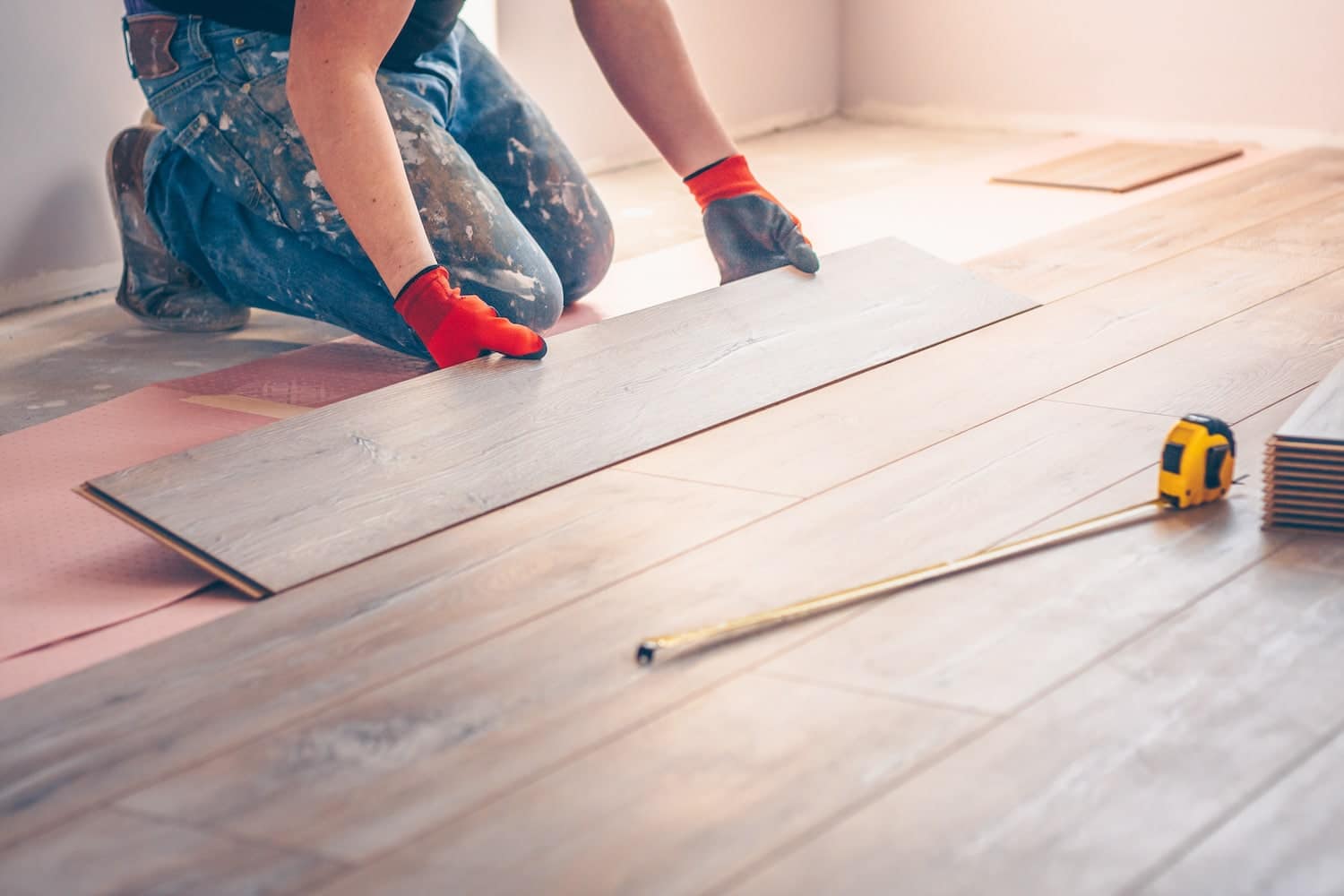
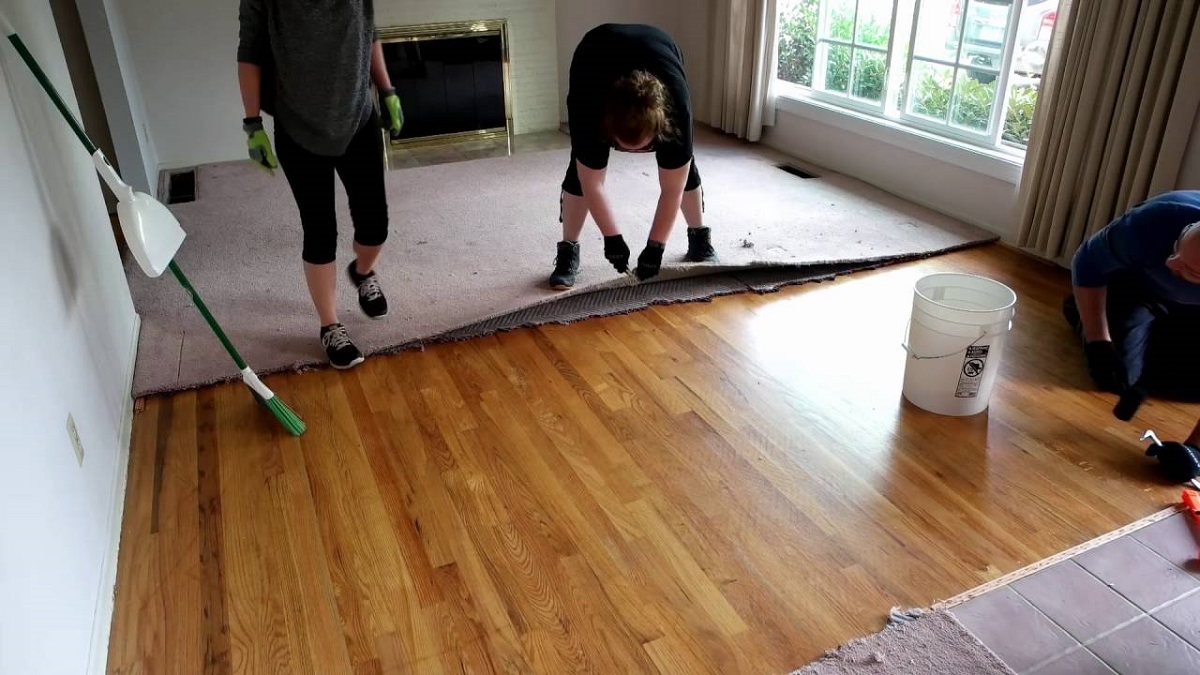
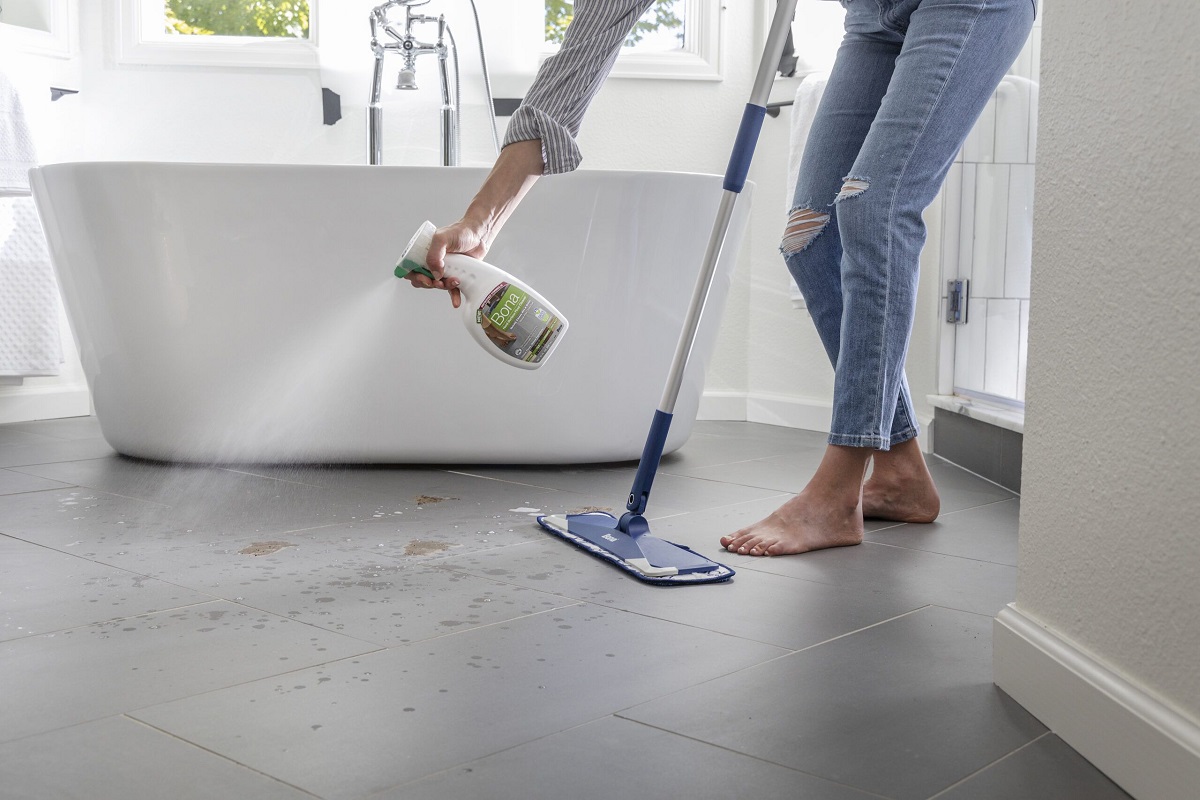
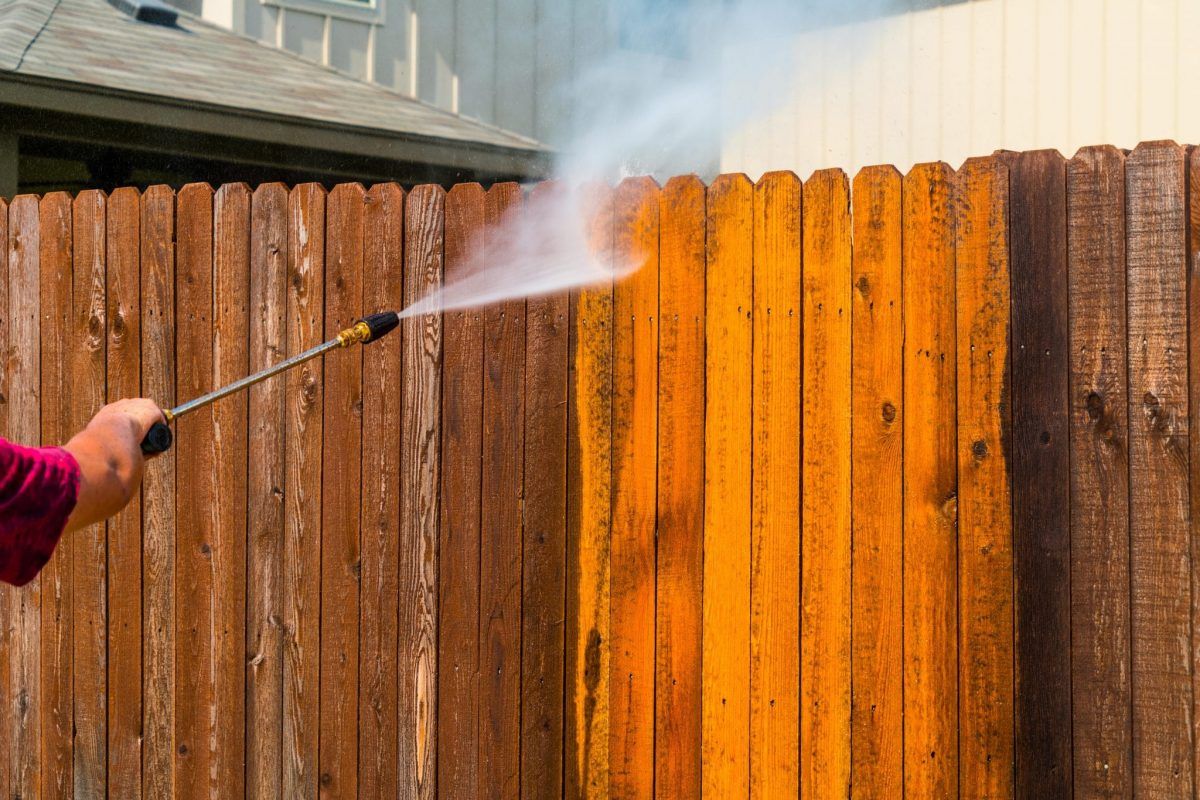
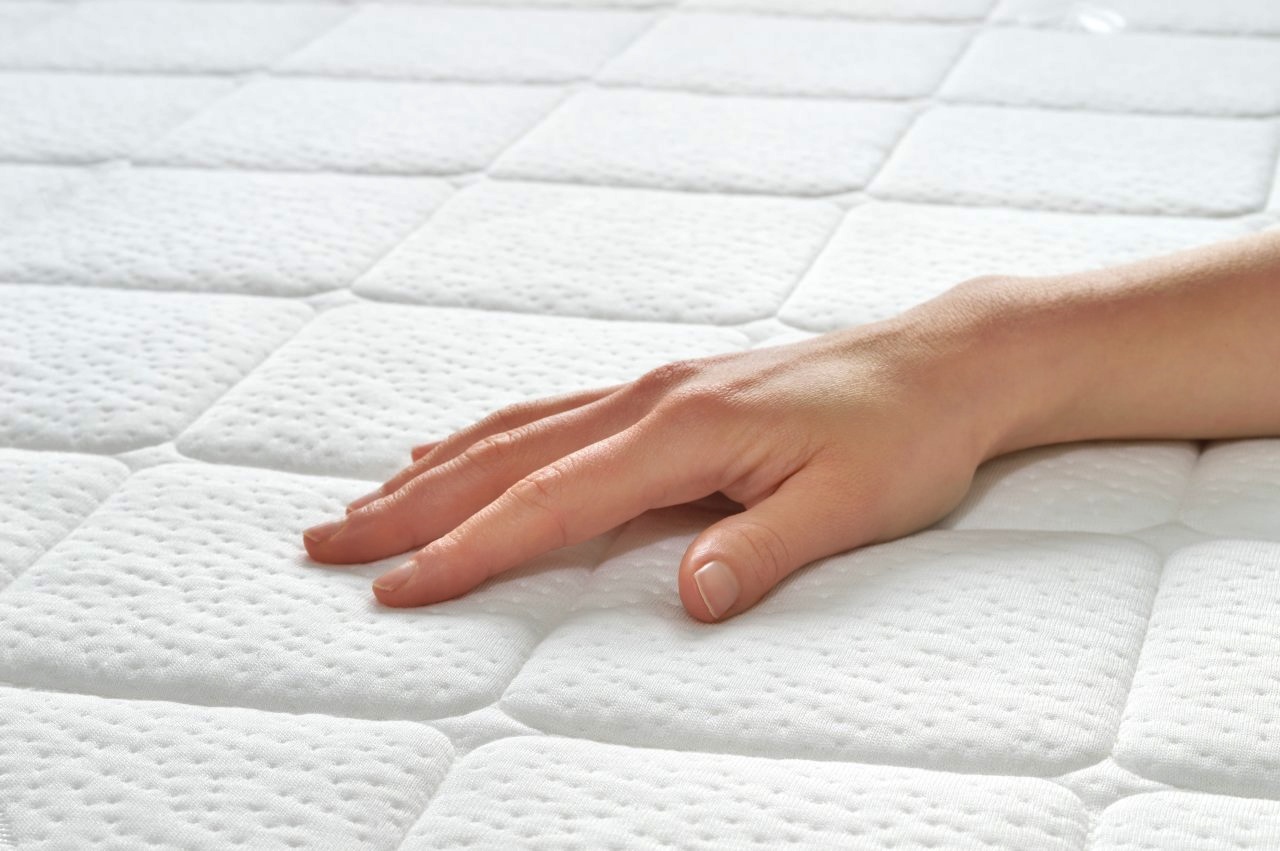
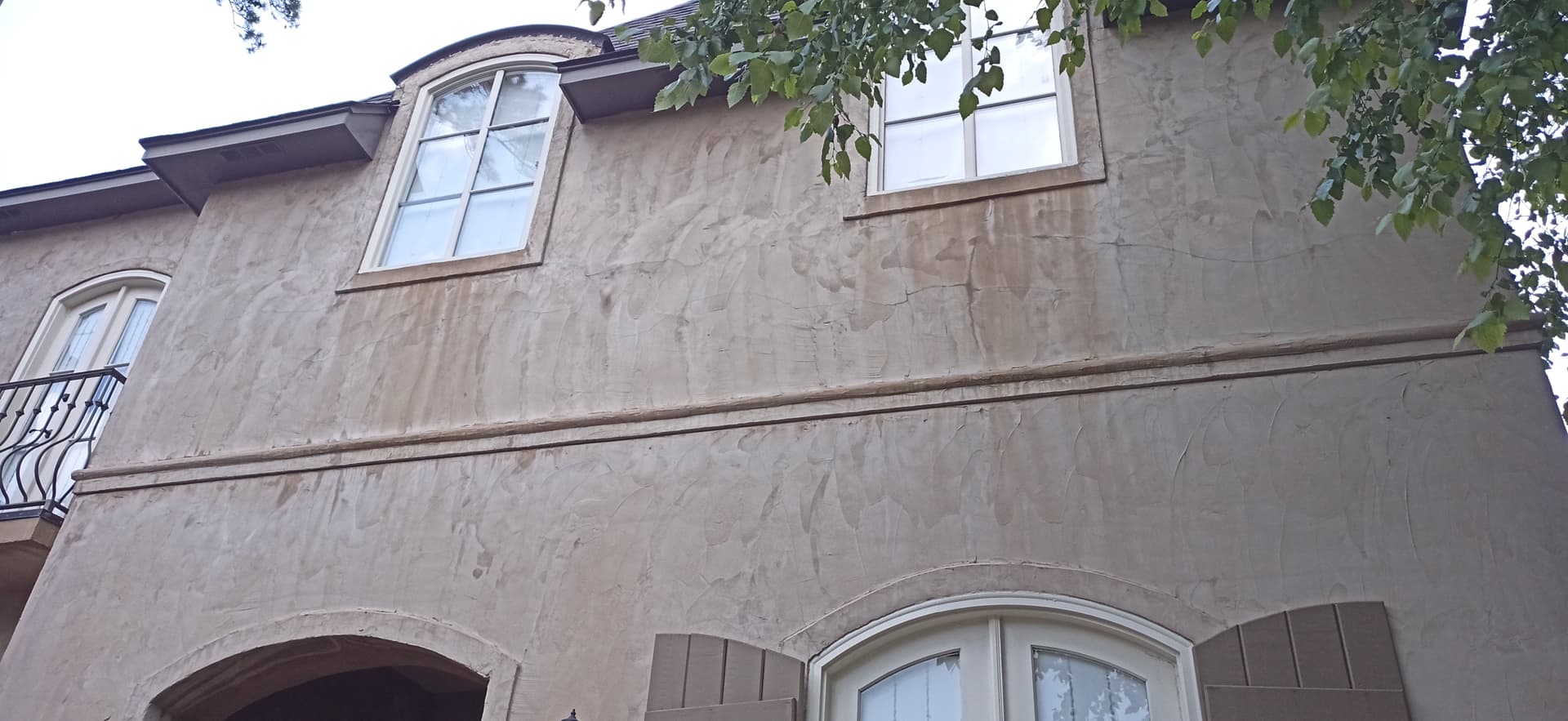
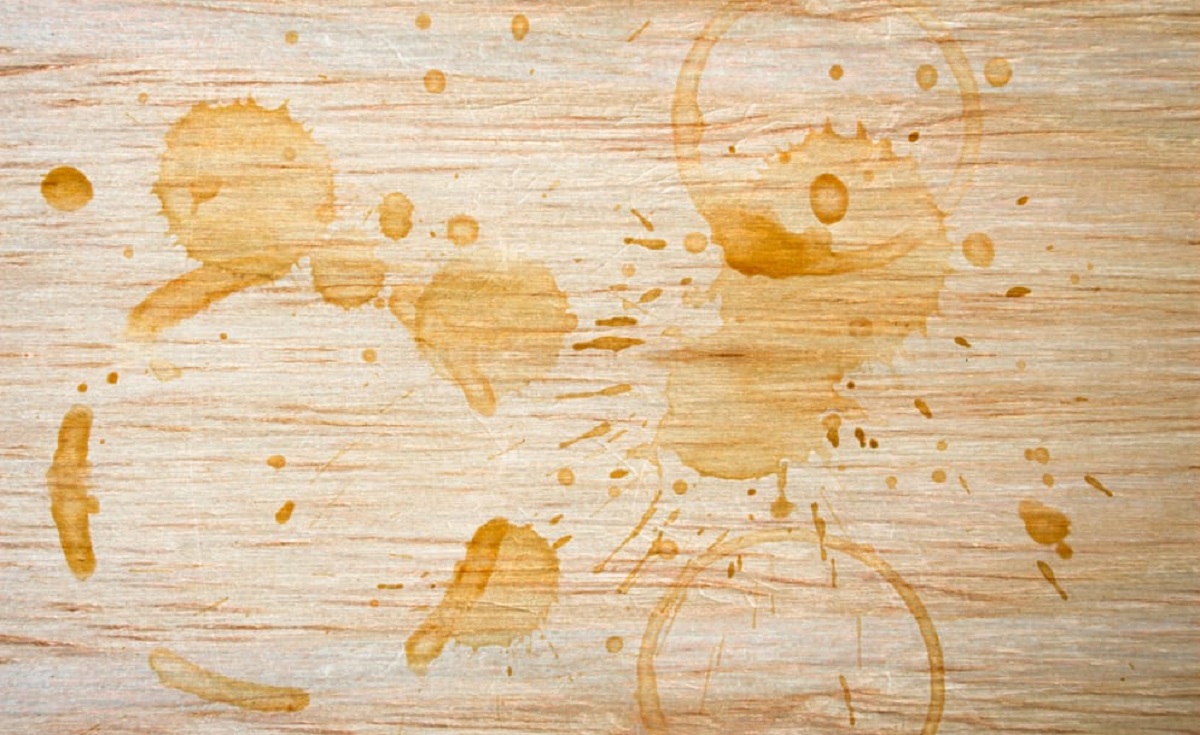
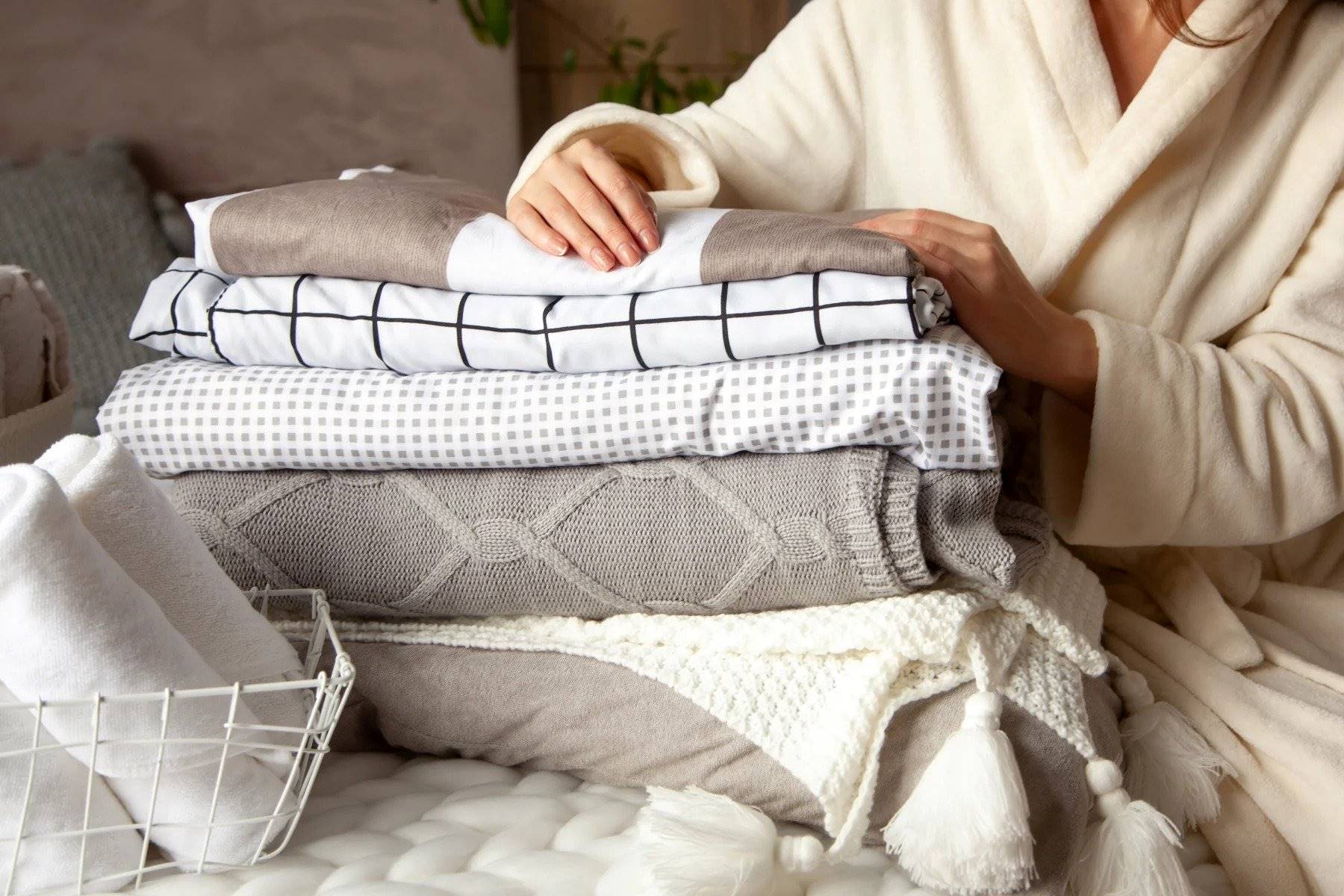
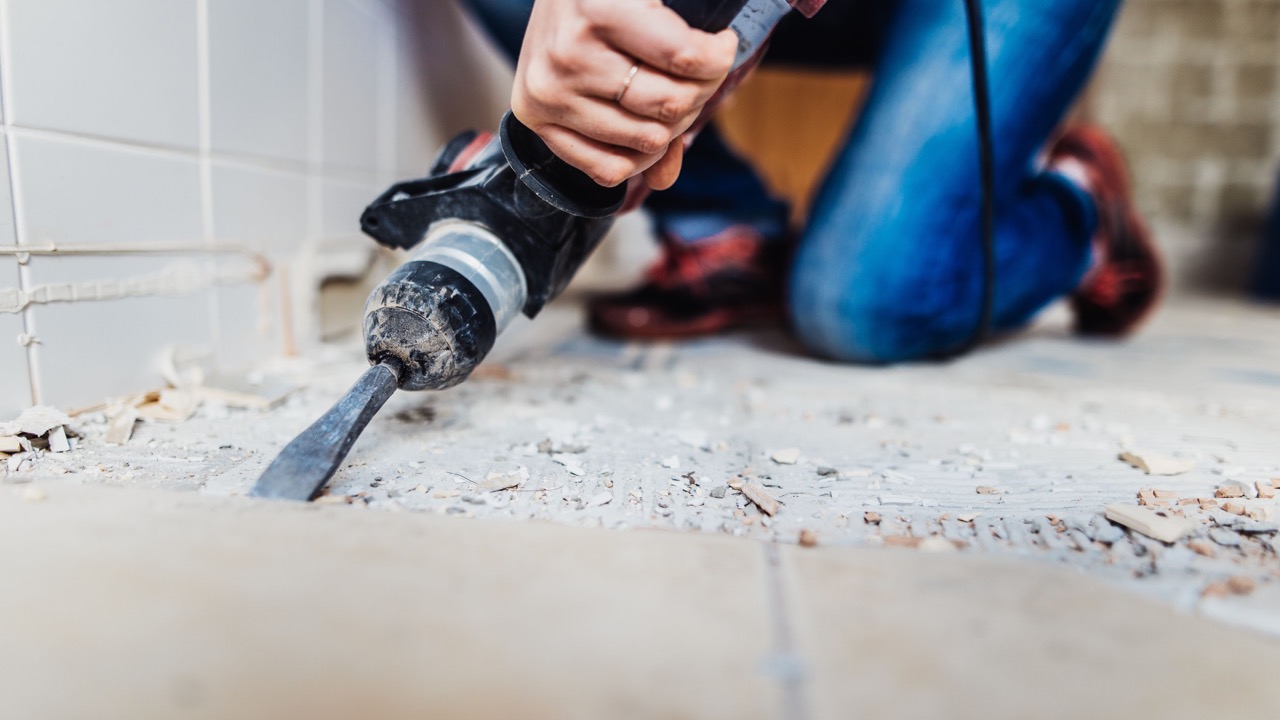
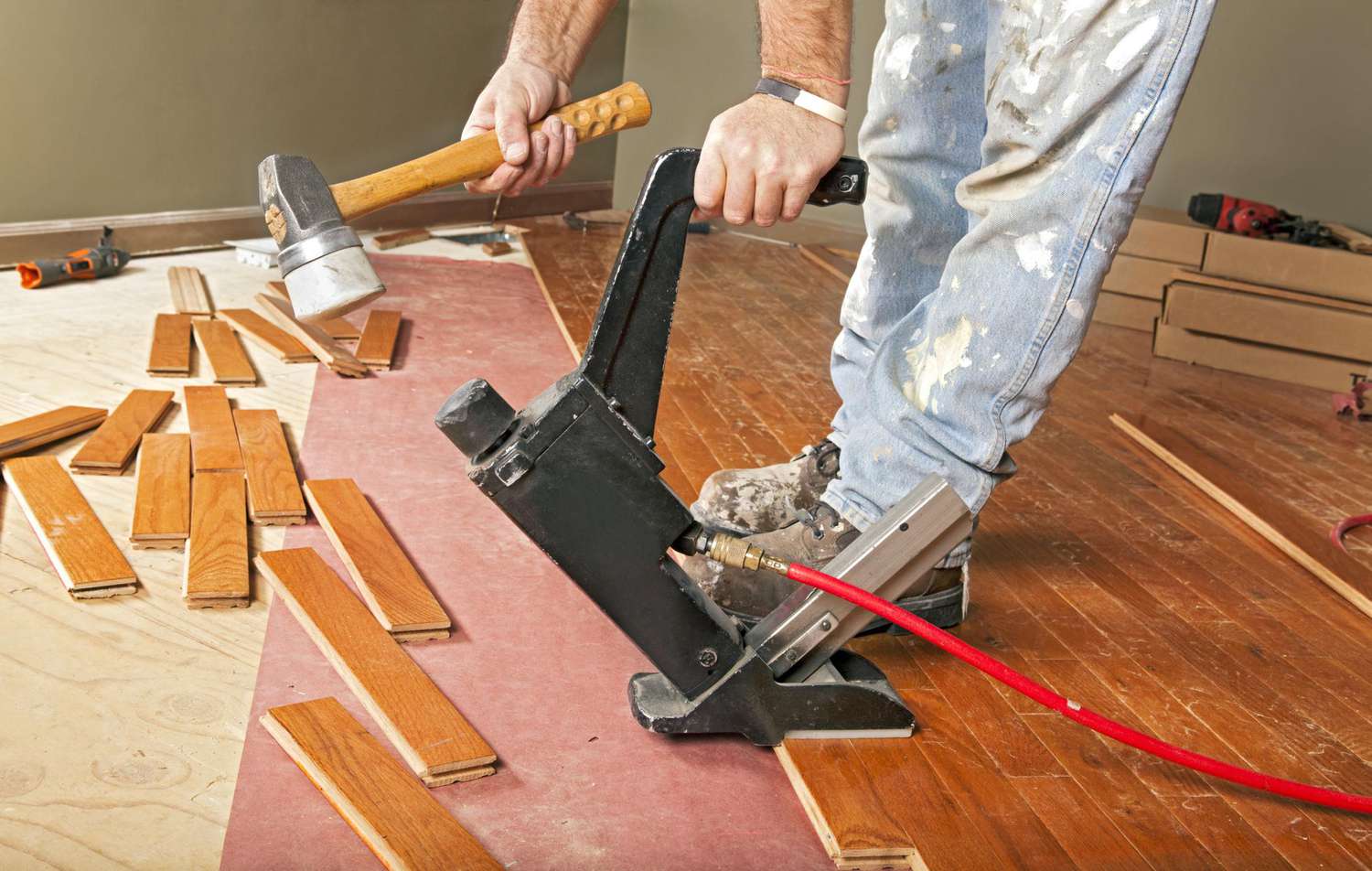
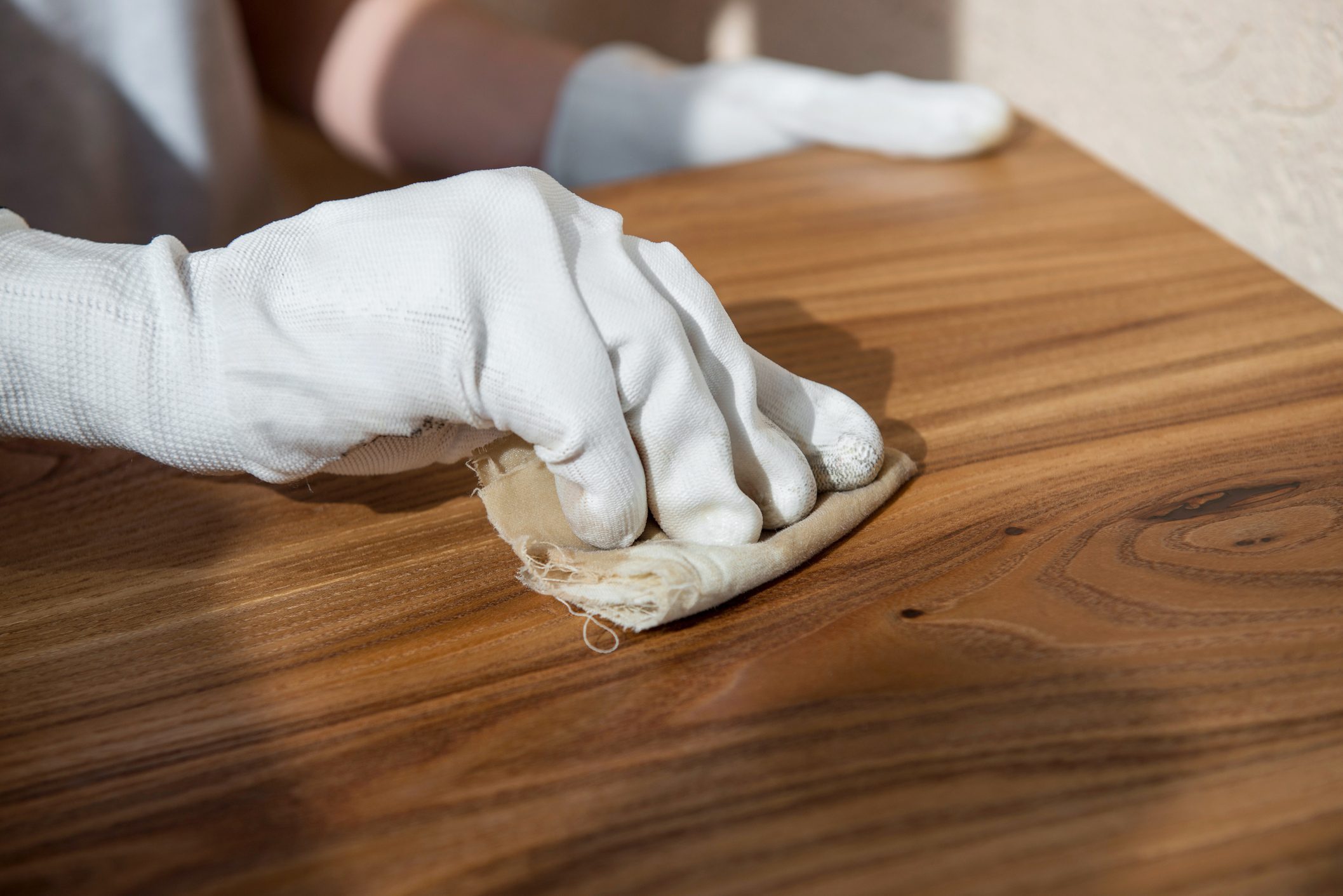
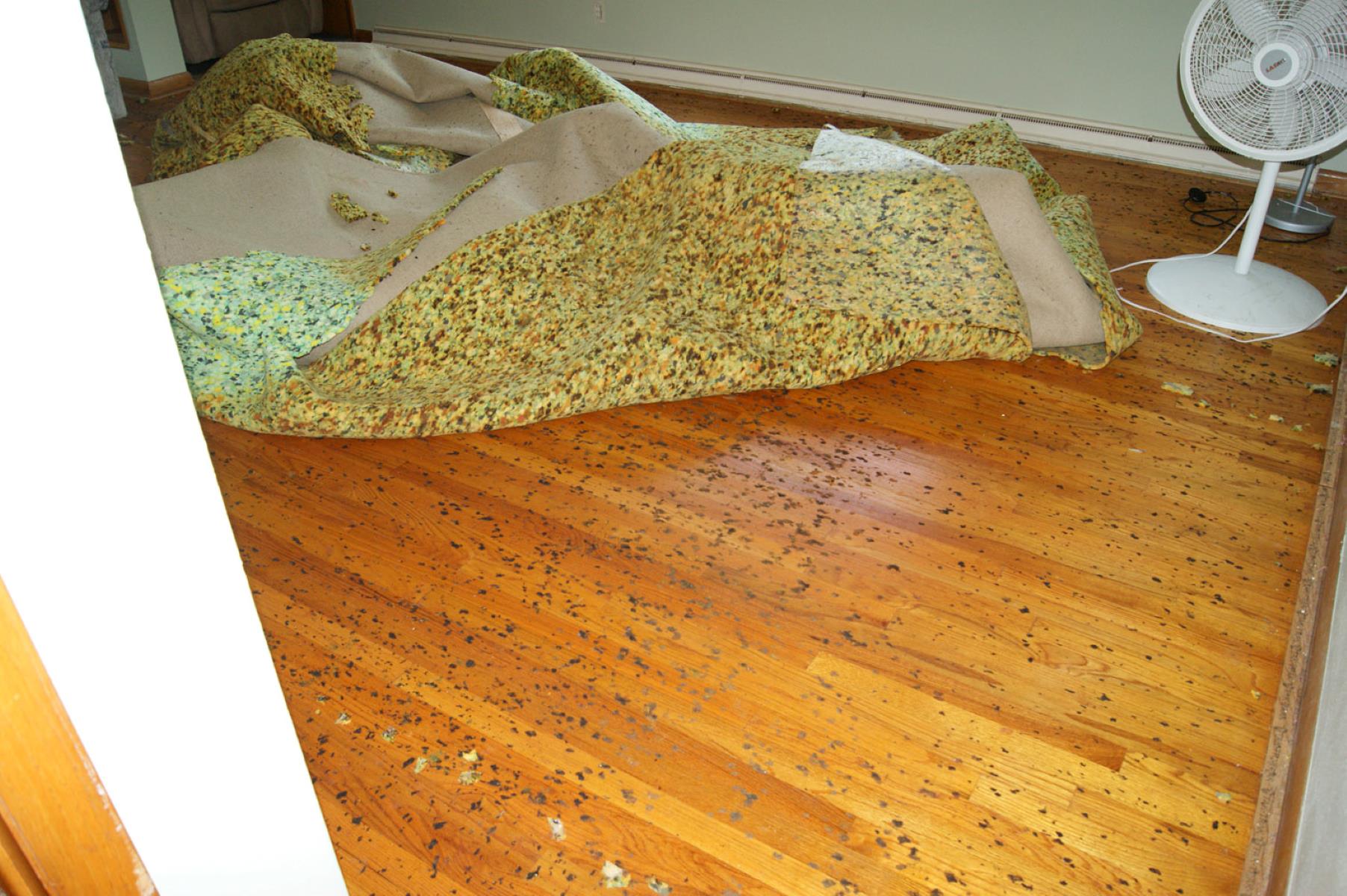
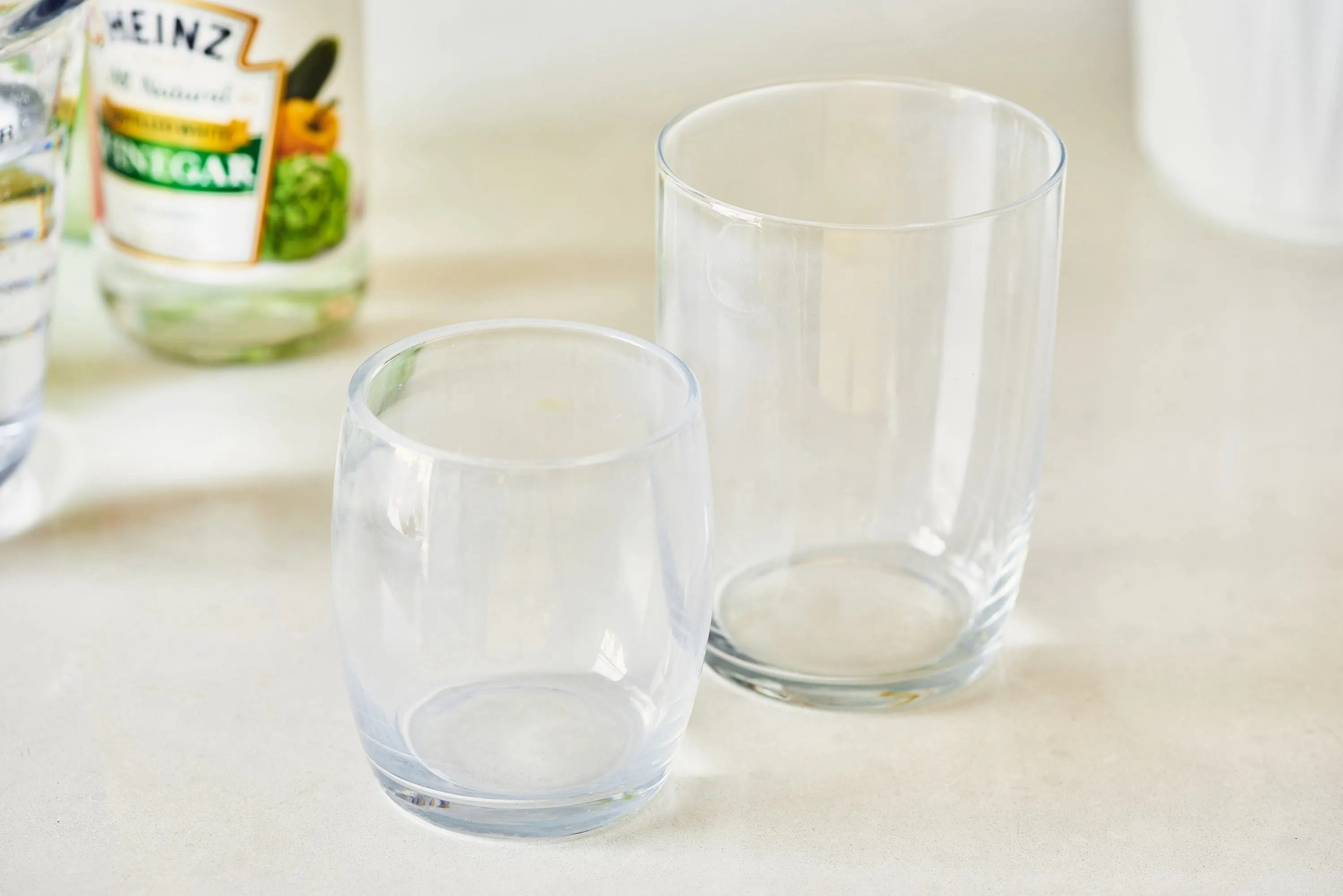

0 thoughts on “How To Remove Stain From Hardwood Floor”